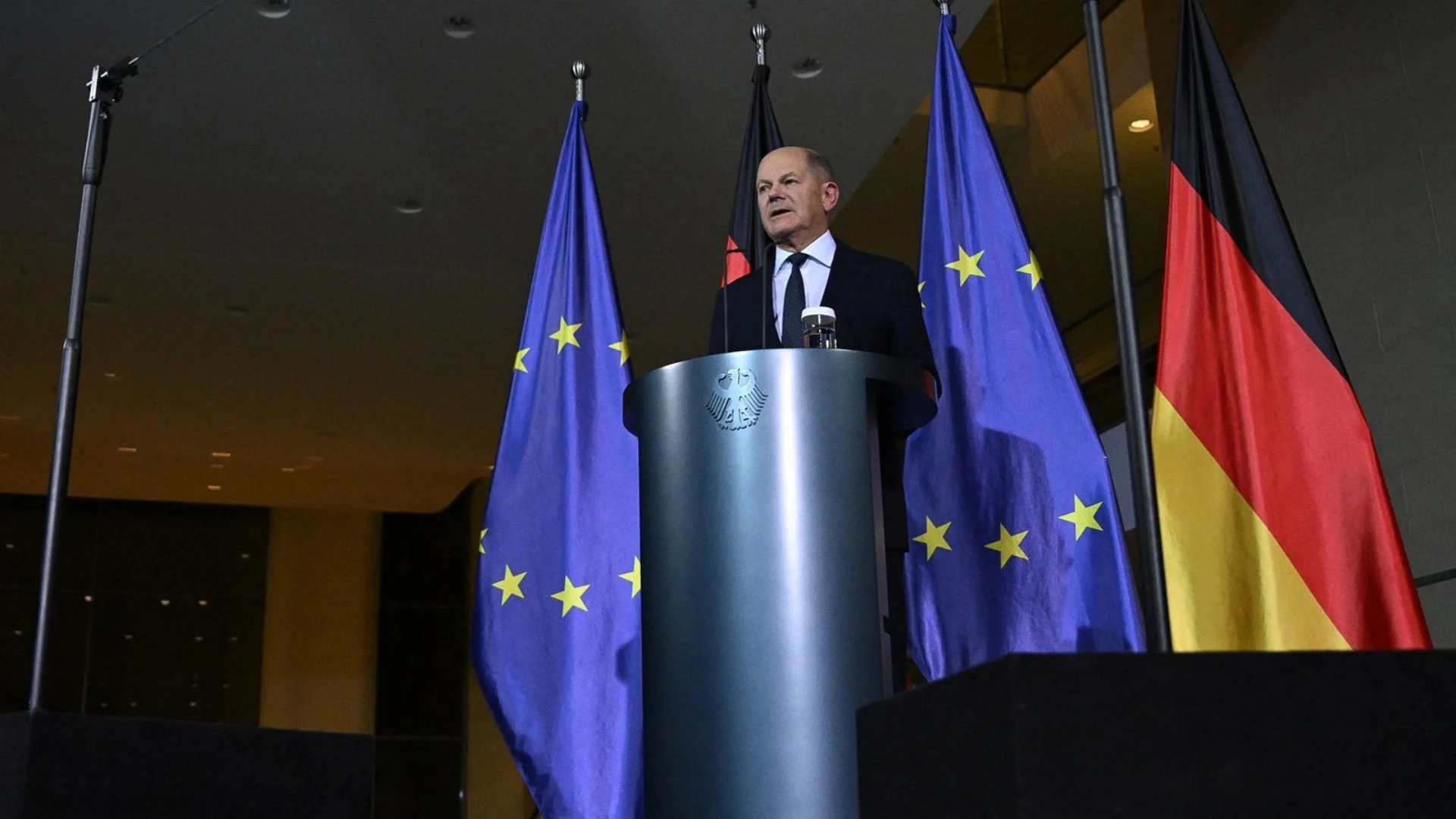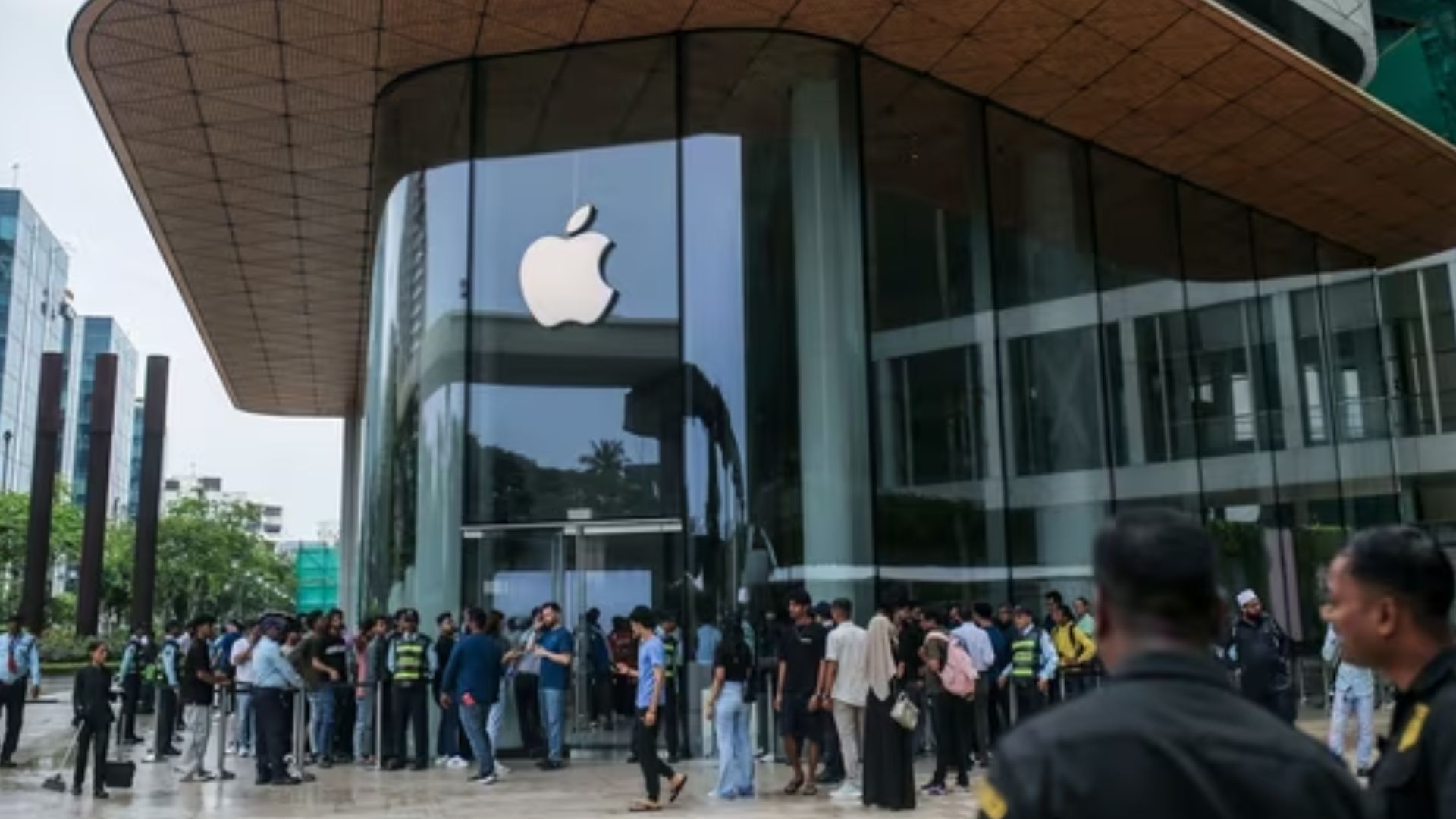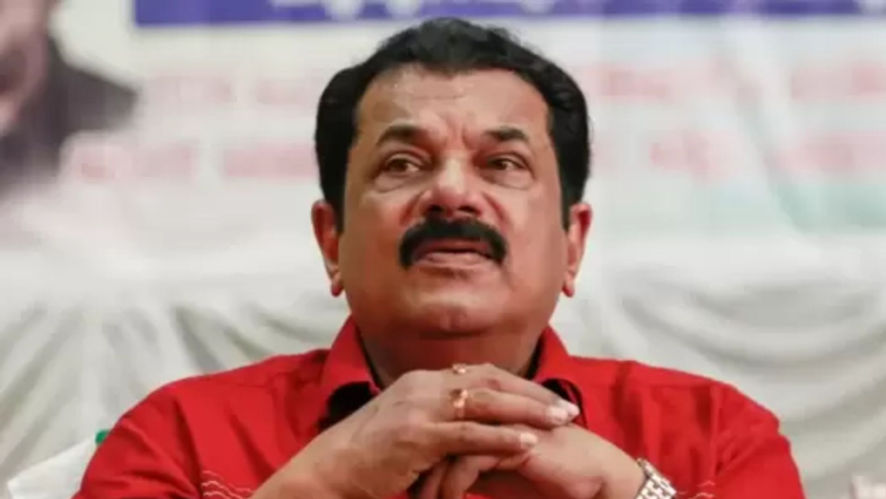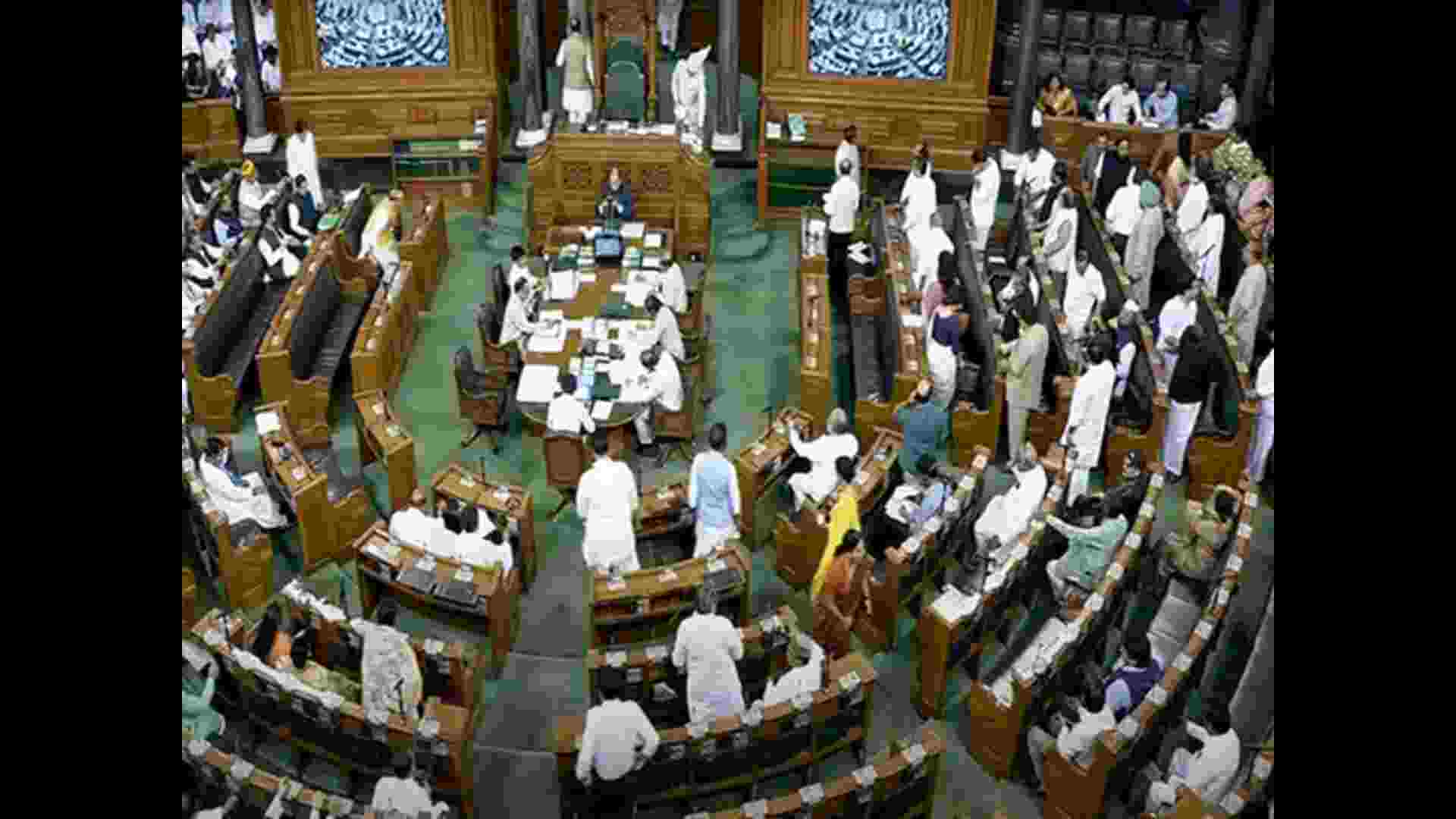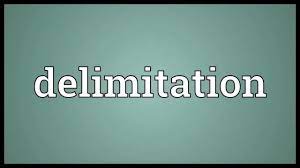
The redrawing of electoral boundaries, or delimitation, is a regular exercise to ensure equitable political representation. In Assam, a northeastern state of India, this task has become a contentious affair. The latest draft proposal released by the Election Commission (EC) for delimitation has sparked a wave of controversy, with both the ruling alliance and opposition parties expressing objections.
Assam, a region with rich cultural diversity, demographic complexities, and significant population changes due to migration, natural growth, and political shifts, last underwent a major delimitation exercise in 1973. Today, the state faces several challenges in the delimitation process.
Among the issues at hand are the influx of illegal immigrants, particularly from neighbouring Bangladesh, the high presence of Bengali-speaking populations, and the protection of ecologically sensitive areas like national parks, wildlife sanctuaries, and reserve forests. Further complicating matters is the need to ensure adequate representation for indigenous tribal communities that hold distinct socio-cultural identities.
The EC’s new draft, unveiled recently, has stoked tensions among various political factions. It proposes to maintain Assam’s current number of assembly seats at 126, and Lok Sabha constituencies at 14, with seven Rajya Sabha seats. Adjustments include the increase of seats for Scheduled Castes from eight to nine, and those for Scheduled Tribes from 16 to 19. The plan also calls for the reshaping of geographical boundaries of most constituencies, eliminating some and creating new ones.
Chief Minister Himanta Biswa Sarma has expressed disappointment over the proposed division of his Jalukbari constituency into three separate areas. Bhupen Kumar Borah, Assam Congress President, criticised the EC for releasing the draft while the matter is under review in the Supreme Court. Furthermore, Badruddin Ajmal, AIUDF chief, and Prodip Hazarika of Asom Gana Parishad, a part of the ruling alliance, also raised concerns about the draft.
The proposed changes have been designed to accommodate uneven population growth in the state, which varies considerably across districts. The EC has categorised all 31 districts into three broad groups (A, B, and C), giving a margin of (+/-) 10% of average population per Assembly constituency.
However, critics suggest that the proposal, based on the 2001 census data, is outdated. They contend that it serves political agendas, particularly of the BJP, and could compromise the political significance of certain constituencies and their representative communities.
The EC’s steps to address these controversies have included public consultations and a data-driven approach, using updated and reliable data, including the 2011 Census and other relevant sources. These exercises, conducted under the legal framework of the Delimitation Act, 2002, aim to provide fair and objective delimitation.
As the controversy continues to unfold, Chief Election Commissioner Rajiv Kumar and Election Commissioners Anup Chandra Pandey and Arun Goel are due to visit Assam in July 2023 for a public hearing on the draft proposal. This visit follows a prior one in March, during which the EC received representations from 11 political parties and 71 organisations.
The ongoing tensions underscore the critical balance between the interests of various communities, demographic changes, and political representation in Assam. The outcome of this delimitation exercise could significantly influence Assam’s socio-political landscape and its future electoral dynamics.
